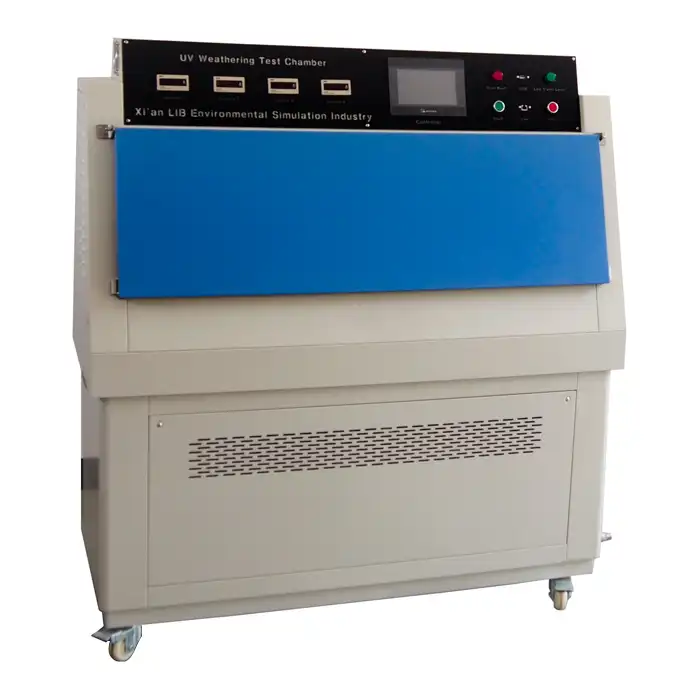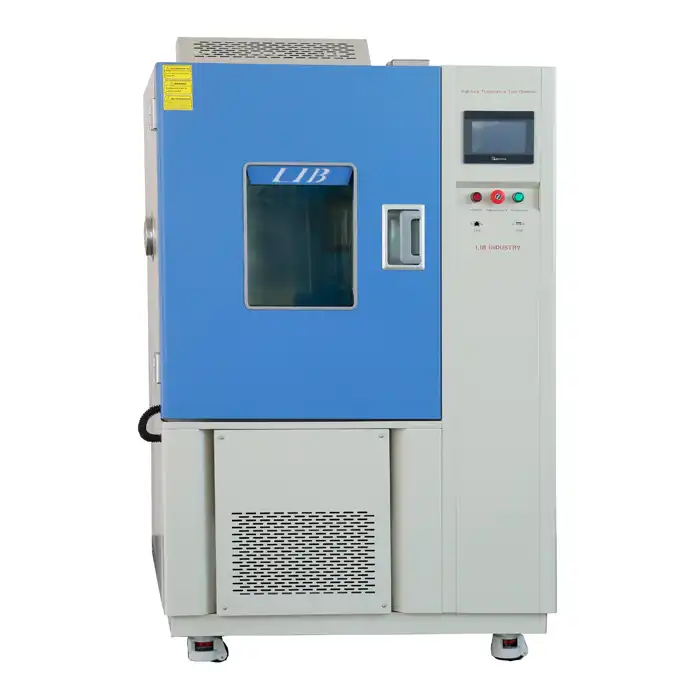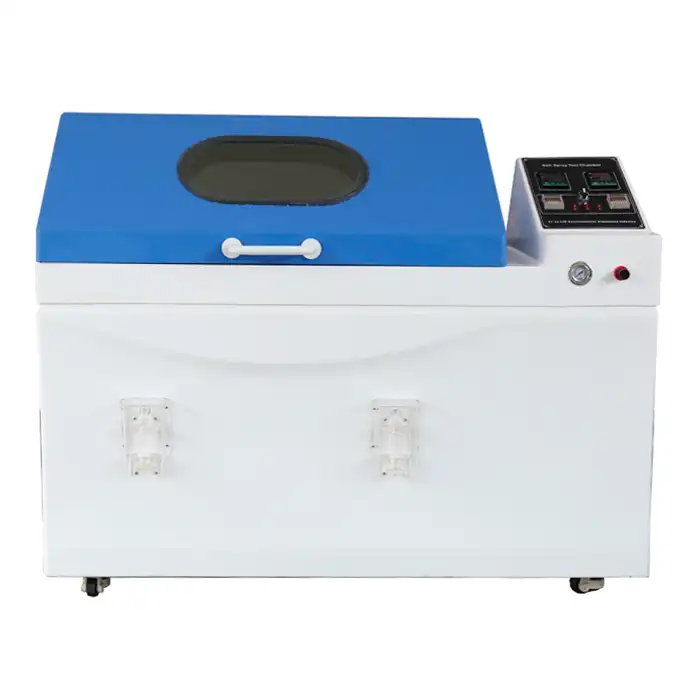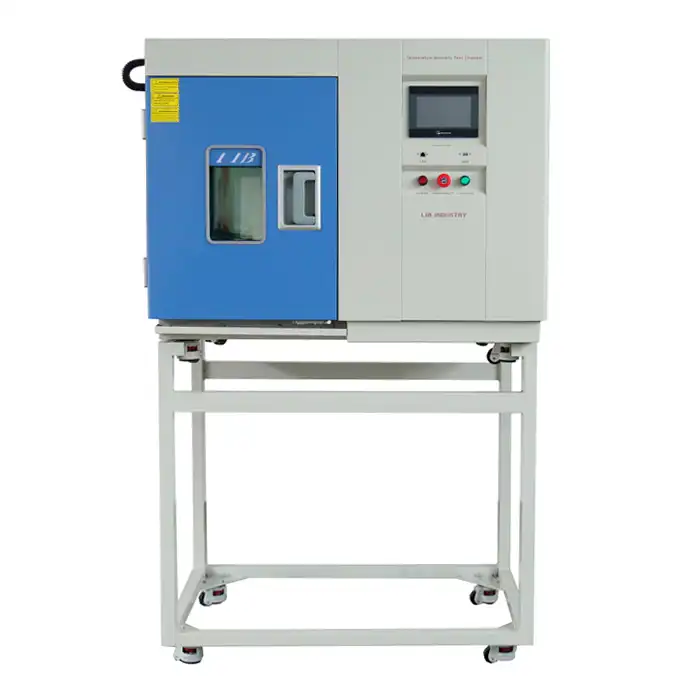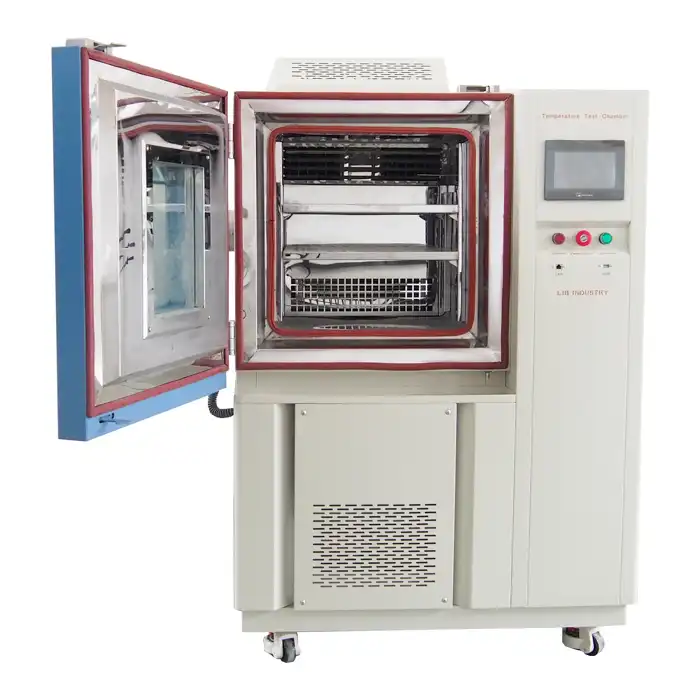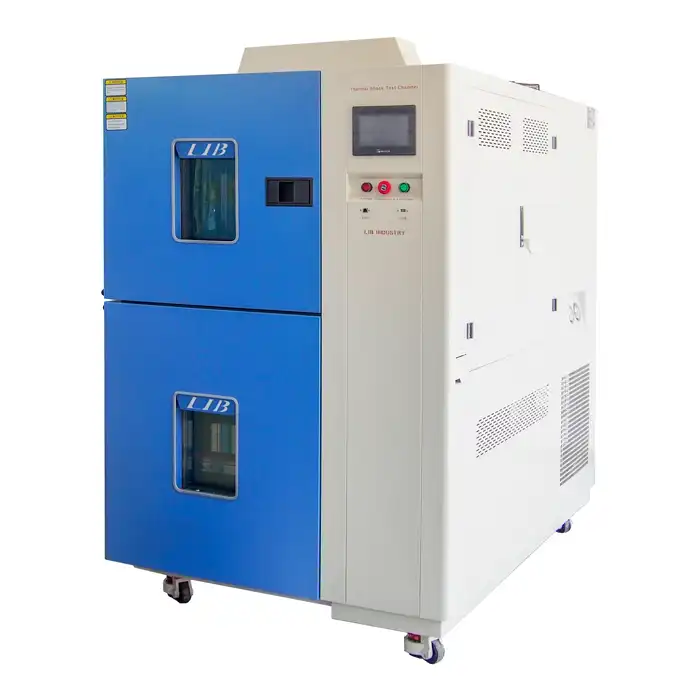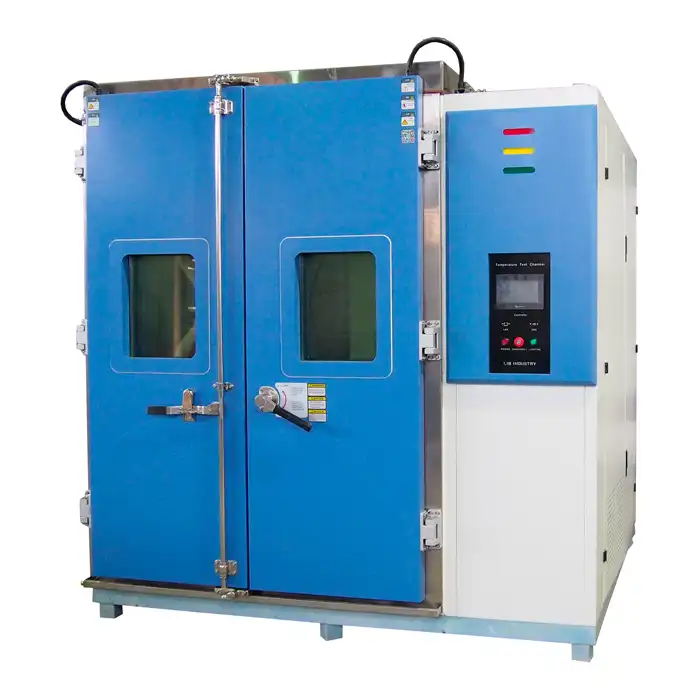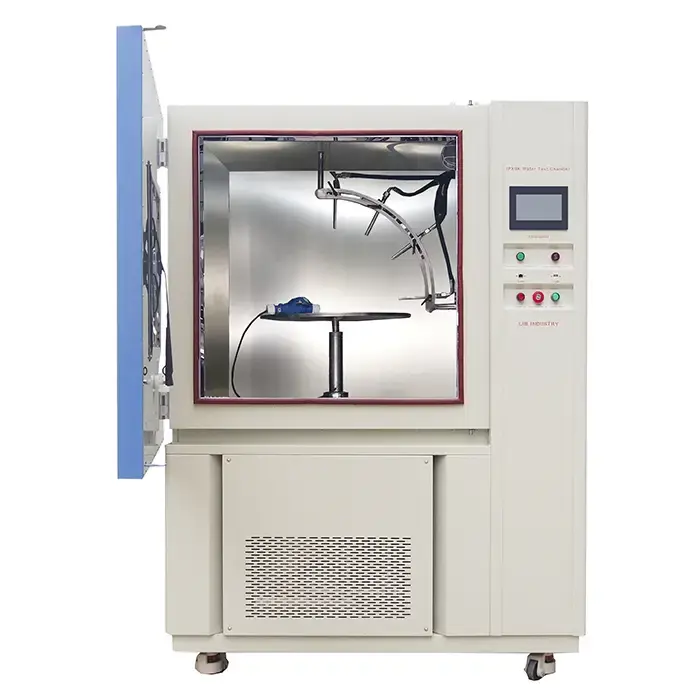Contact Us
 +8618700875368
+8618700875368
No.6 Zhangba First Street, High-Tech Area, Xi'an City, Shaanxi Province, P.R. China 710065
How to Choose a Small Climate Chamber That Suits Your Needs?
2024-01-30 18:10:24
About choosing a small climate chamber that suits your testing needs, there are a few significant elements to consider. These chambers assume an urgent part in making controlled ecological circumstances for different enterprises, like gadgets, drugs, and food handling testing. In this article, I will direct you through the key contemplations while picking a little environment chamber, examine the distinctions between various sizes and limits, and investigate the varieties in temperature and mugginess control frameworks.
|
|
What Factors Do I Need to Consider to Choose the Right Small Climate Test Chamber?
Choosing the right small climate chamber requires a thorough understanding of your specific testing requirements. Consider the following factors to ensure the chamber meets your needs:
Temperature Range: Determine the temperature range needed for your testing. Some chambers offer a wide range, while others specialize in specific temperatures, such as extreme cold or high heat.
Humidity Control: Assess the humidity levels required for your testing. Depending on your industry, you may need precise control over humidity fluctuations or specific humidity ranges.
Size and Capacity: Evaluate the size and capacity of the chamber based on the volume of products or samples you need to test. Consider both the internal working space and the chamber's physical dimensions to ensure compatibility with your testing needs.
Performance and Accuracy: Look for chambers that provide accurate and consistent temperature and humidity control. Consider factors such as temperature uniformity, stability, and the ability to reach set points quickly.
Safety Features: Ensure the chamber has safety features such as over-temperature protection, power failure recovery, and alarm systems to protect your samples and equipment.
Control and Monitoring: Evaluate the control and monitoring capabilities of the chamber. Advanced features like programmable controllers, data logging, and remote monitoring enable precise control and efficient data collection.
Energy Efficiency: Consider the energy efficiency of the chamber, as it can impact long-term costs and environmental sustainability. Look for chambers with energy-saving features like efficient insulation and optimized compressor systems.
Small climate test chambers are available in a range of sizes and capacities to accommodate various testing needs. Understanding the differences will help you select the appropriate chamber:
Internal Working Space: Larger chambers offer more internal space, allowing for the testing of bigger products or a larger quantity of samples. Smaller chambers are suitable for compact items or limited sample sizes.
Physical Dimensions: Consider the physical dimensions of the chamber to ensure it fits within your facility. Smaller chambers are more portable and easier to install, while larger chambers require more space and potentially custom installation.
Flexibility: Larger chambers often provide more flexibility in terms of shelving, adjustable racks, or removable fixtures. This allows for versatile testing configurations and accommodating different product sizes and shapes.
Testing Capacity: The capacity of the chamber refers to the maximum load it can handle. Ensure that the chamber's capacity aligns with your testing requirements to avoid overloading the chamber or compromising its performance.
What Are the Differences Between Temperature and Humidity Control Systems in Small Climate Test Chambers?
Temperature and humidity control systems in small climate chambers vary based on the technology used. Understanding these differences is crucial when selecting a chamber:
Compressor-Based Systems: Chambers equipped with compressor-based systems use refrigeration technology to control temperature. These systems offer precise temperature control, quick temperature recovery, and a wide temperature range.
Thermoelectric Systems: Some smaller chambers employ thermoelectric cooling technology instead of compressors. These systems are more energy-efficient, produce less noise, and are suitable for narrower temperature ranges.
Dry Air Purge Systems: Humidity control in benchtop temperature test chambers can be achieved through dry air purge systems. These systems remove moisture from the chamber by circulating dry air, allowing for accurate humidity control and preventing condensation.
Steam Generation Systems: Chambers with steam generation systems introduce moisture into the chamber to achieve specific humidity levels. These systems offer precise control over humidity and are commonly used in pharmaceutical stability testing.
Conclusion:
Choosing the right small climate chamber requires careful consideration of factors such as temperature range, humidity control, size, capacity, performance, safety features, control and monitoring capabilities, and energy efficiency. Understanding the differences between chambers of various sizes and capacities, as well as the variations in temperature and humidity control systems, is crucial for selecting a chamber that meets your specific testing needs. With the right chamber, you can ensure accurate and reliable testing results while maintaining product quality and safety.
LIB Industry concentrates on providing a Turn-key solution for environmental testing, from research, design, production, commissioning, delivery, and installation, to training. We offer comprehensive products and services tailored to customer requirements. If you want to learn more about benchtop temperature test chamber, please contact us at info@libtestchamber.com
Send us a message
Please Leave your Message Here! We Will Send Detail Techincal Brochure and Quotation to you!



